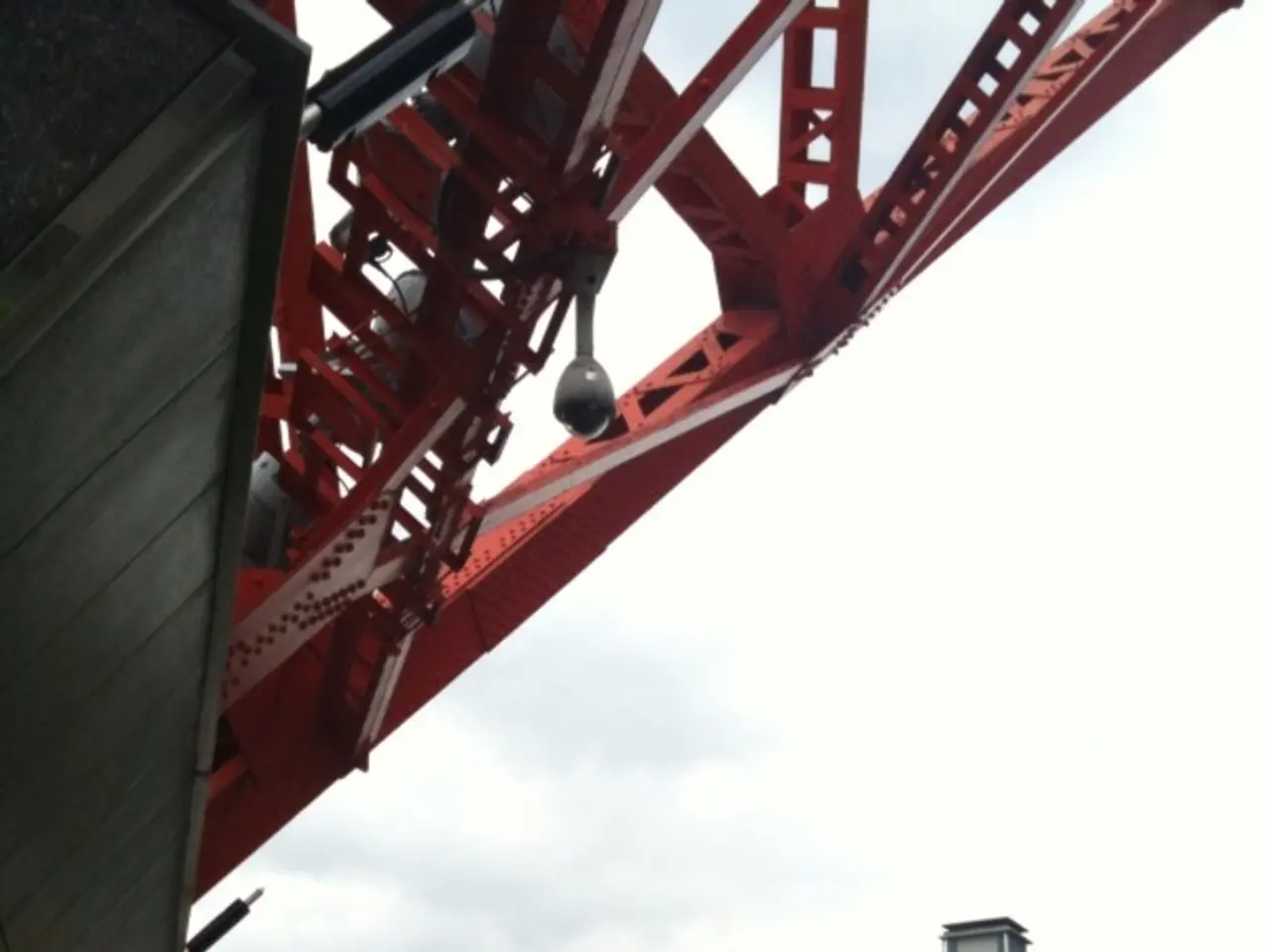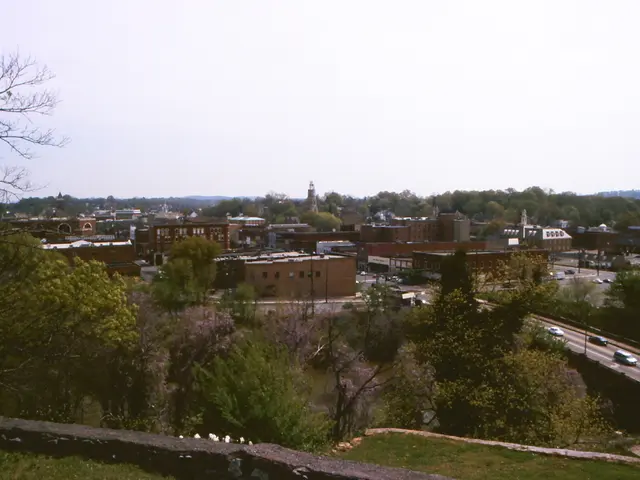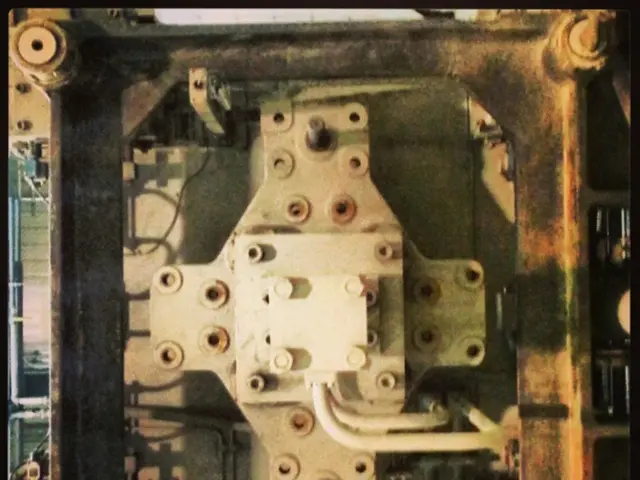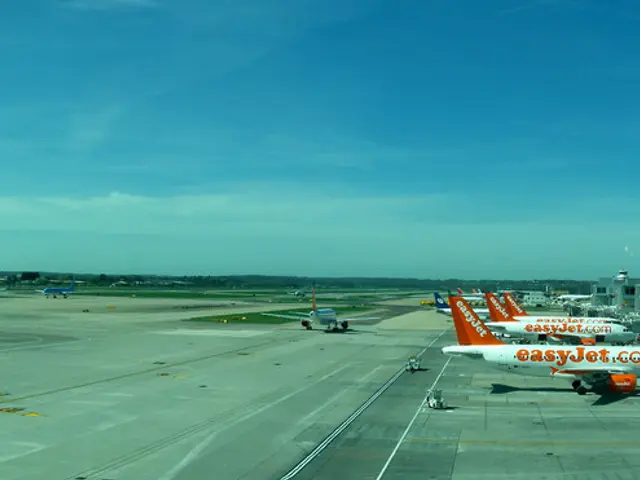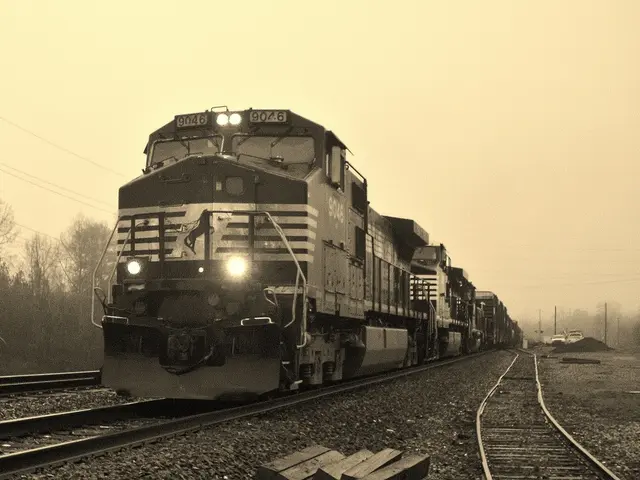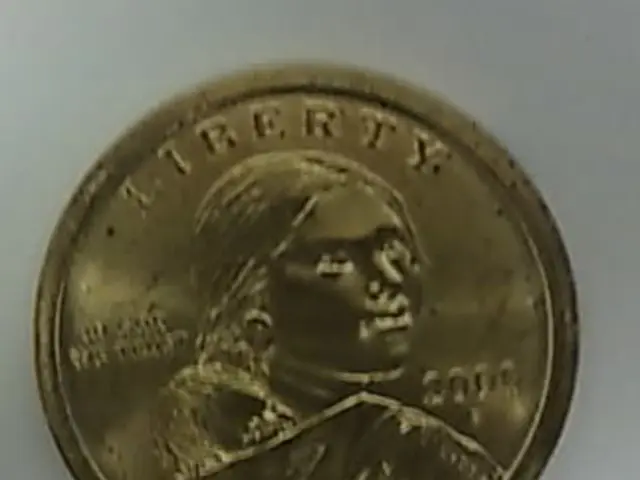Transport sector shift in southern Hamburg discussed by TU, marking a potential pivotal moment
In the heart of Hamburg, the city's transport network is undergoing significant changes, with the focus on improving connectivity and reducing car traffic. Senator Dr. Anjes Tjarks, fully informed about the intricacies of these projects, has spearheaded this transformation.
The current train punctuality of 53% is not the end of the line, as Tjarks emphasizes. The S-Bahn, a crucial part of Hamburg's rail network, requires further improvement, with the need to renew switches and power lines. However, simply running more trains is not an option due to the current power lines not providing enough 'juice.'
One of the most controversial projects is the pedestrian and cyclist bridge planned from Schloßmühlendamm over railway tracks into Harburger Schlossstraße. The CDU has described this bridge as 'superfluous,' fearing it may hinder the 'appropriate further development of the traffic space in the Harburg city center.' However, the bridge is intended to better connect Harburg's city center with the inner harbor. The group 'Bürgerinitiative Harburger Entenwerder' has criticized the CDU regarding this bridge.
Eleven bridges in Harburg need to be rebuilt or extensively renovated. One such bridge, estimated to cost 30 million euros, is the pedestrian and cyclist bridge from Schloßmühlendamm into Harburger Schlossstraße. Contrary to popular belief, this bridge project will not be funded by Tjarks but mainly by the federal government.
Another notable project is the bridge Tjarks envisions between the Elbbrücken and the Elbbrücken in the area of the former free port. This bridge, while not in the immediate plans, is part of Tjarks' vision for Hamburg's future transport network.
The B73, the main traffic artery, is planned to become a mix of narrow-gauge roadway, bike path, and pedestrian street, according to the presented animations. This mobility turnaround aims at reducing car traffic and improving connectivity.
However, not everyone is on board with these changes. Many people living in surrounding districts who work in Hamburg view bike concepts critically and find the reachability of a public transport offer within five minutes utopian, making the car the number one means of transport for the foreseeable future.
Despite these challenges, Tjarks remains committed to his vision of a renovation turnaround, making up for the renovation reluctance of his red and black predecessors. His presentations, such as the one where the Elbtower dominated the silhouette, eliciting laughter, show his dedication to improving Hamburg's transport network.
In the end, the future of Hamburg's transport network is still far in the future, with the size of the trees lining the 'Magistrale' in the animation serving as a reminder of the long road ahead. But with Tjarks at the helm, Hamburg is certainly moving towards a more connected, greener, and more sustainable future.
Read also:
- Deepwater Horizon Oil Spill: BP Faces Record-Breaking Settlement - Dubbed 'Largest Environmental Fine Ever Imposed'
- Cars' Environmental Impact Explained
- Lawsuit of Phenomenal Magnitude: FIFA under threat due to Diarra's verdict, accused of player injustice
- Proposal demanded for legislation aimed at shielding laborers from electronic equipment-related hazards, as per commission's responsibility.
